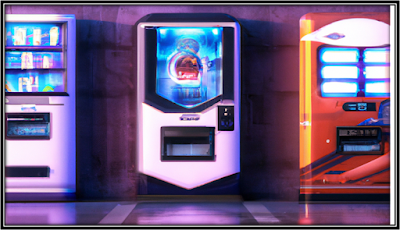Ramping up vending machines requires careful planning and cash flow forecasting. This financial model template is a great way to build a strategic plan centered around the purchase, deployment, operations, and potential exit of a vending machine business. Bottom-up assumptions are used for maximum investor clarity and more defendable feasibility study. The focus is on ramping up machines over time and everything is dynamic based on that.
Recent Upgrades: Added a financial statement forecast (Income Statement, Balance Sheet, and Cash Flow Statement) as well as a cap table and improved global assumptions.
The model is designed with best practices in mind in regards to displaying how you would logically ramp up this kind of business. The user will only fill out designated cells (light yellow with blue text) and all formulas populate form that. The assumptions are configured in a module way to make it harder to miss anything. Final reports include an Executive Summary that has key financial line items on an annual basis as well as IRR, ROI, equity multiple, and two visualizations.
There is a separate tab for DCF Analysis of the project / investor / owner and that is configured based on the funding source inputs.
Finally, a monthly and annual pro forma detail display all the assumptions on the same timeline over 5 years and drive down to EBITDA, EBT, Net Income, and cash flow. Extra metrics include average EBITDEA per vending machine.
Revenue Drivers:
- Up to three vending machine types
- Define the count deployed per type in month 0 to 60
- Define the cost per unit and the cost per deployment therein
- Define the height/width/depth of each type (for maximum filled unit capacity)
- Define the max refills per month
- Define the average waste percentage / weighted average price per unit / weighted average cost of goods sold
- Seasonality (percentage of max capacity achieved in each month per vending machine type per year)
- Cost per vending machine unit by type
- Cost to refill per unit by type
- Vendor revenue share if applicable (paying a fee to whatever locations let you put your vending machines up if you don't own the property where they are going)
- 30+ slots for three expense categories
- Define description of expense, start month, and monthly cost in year 1 to 5
- Zero out anything not applicable
